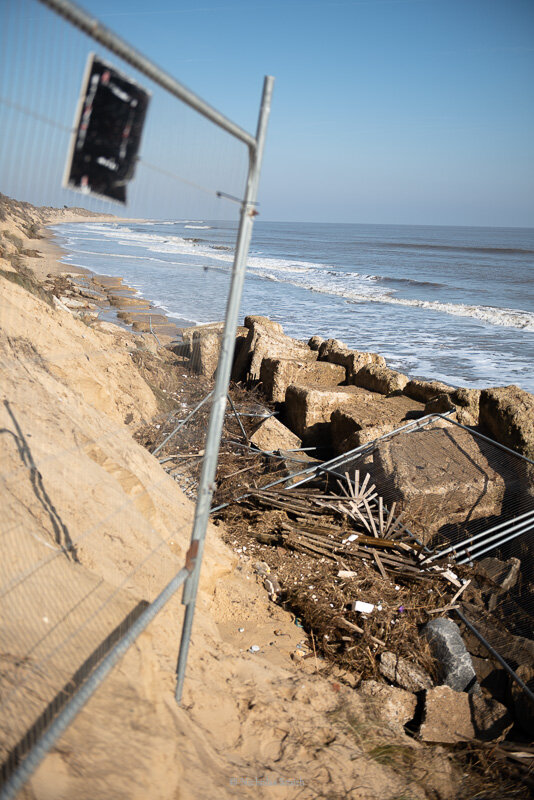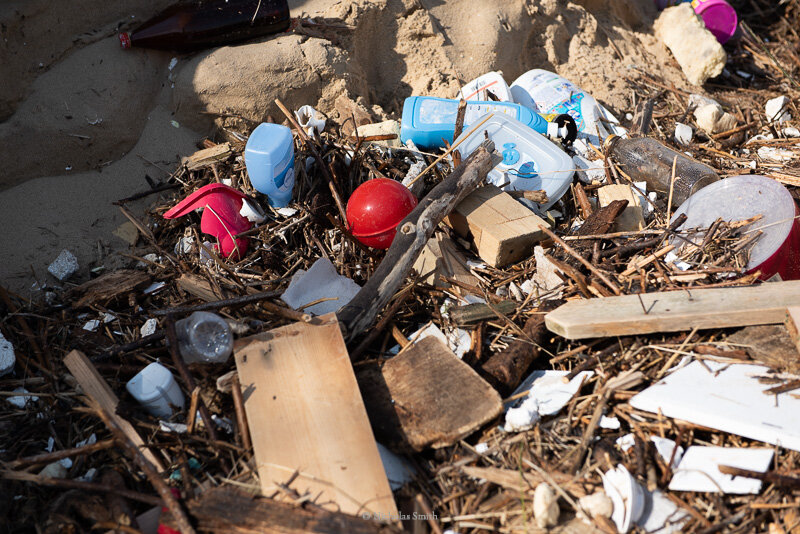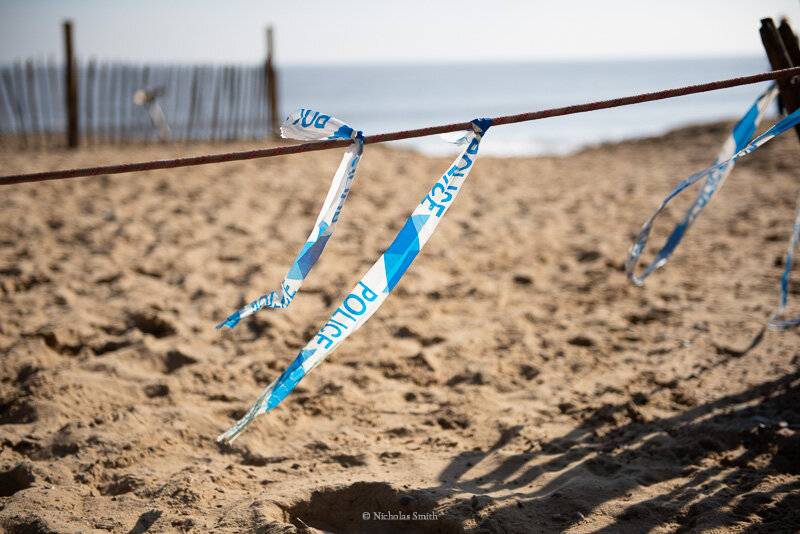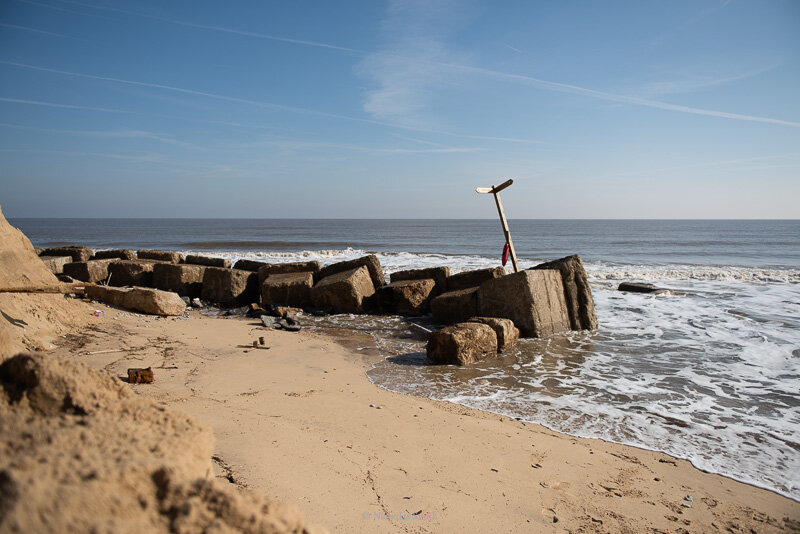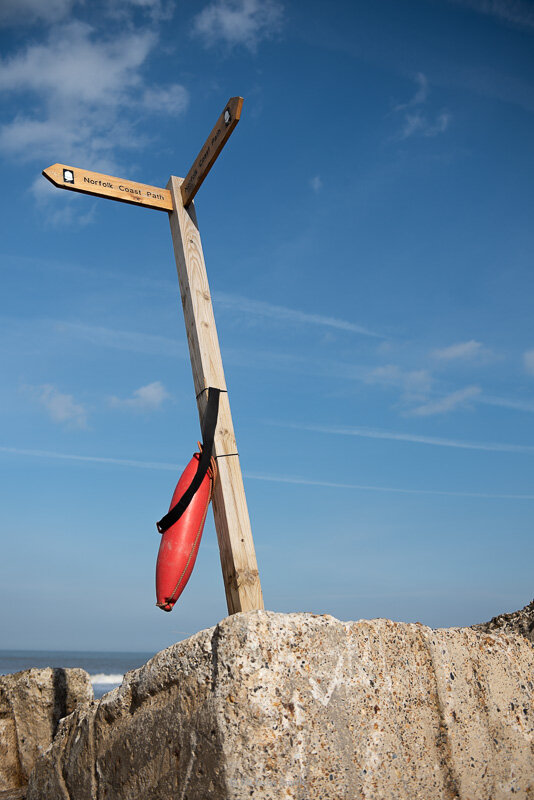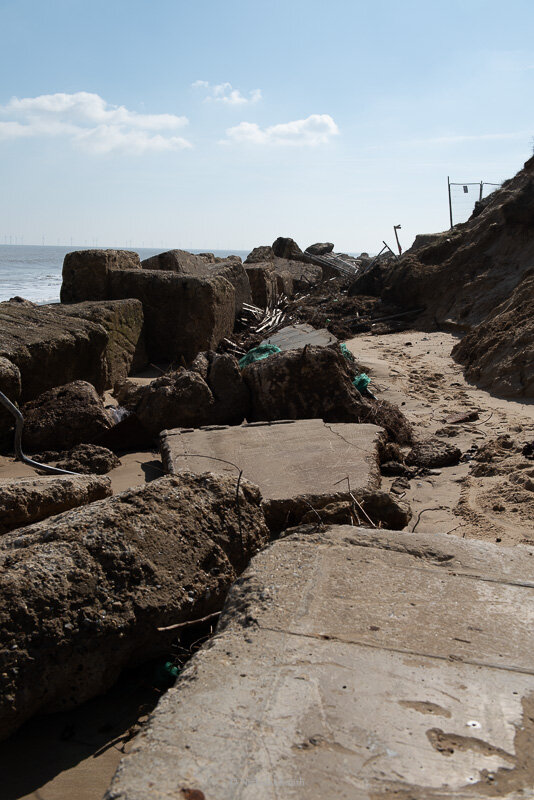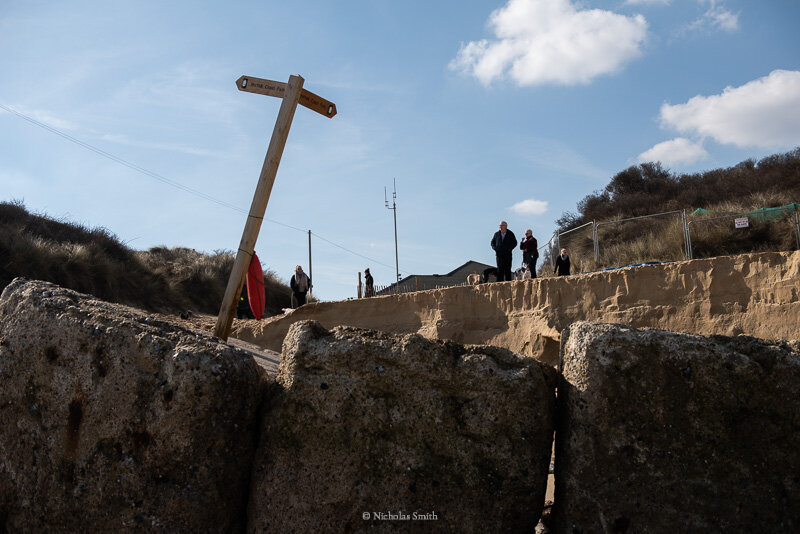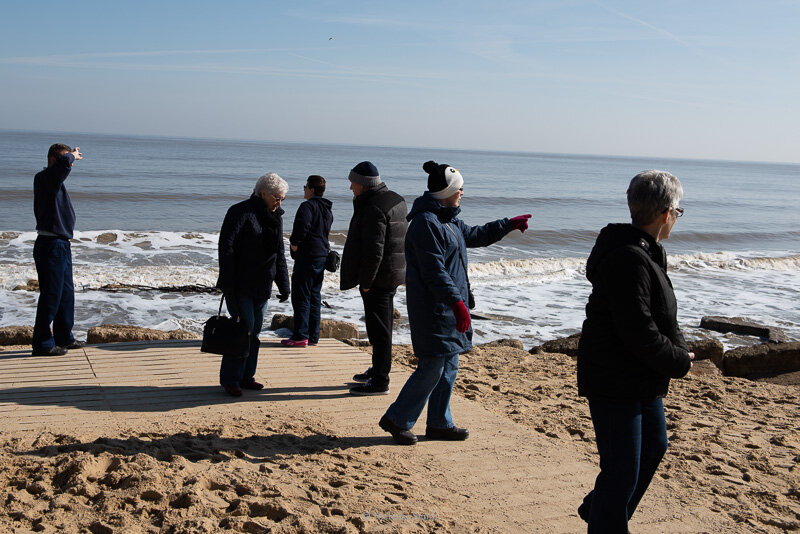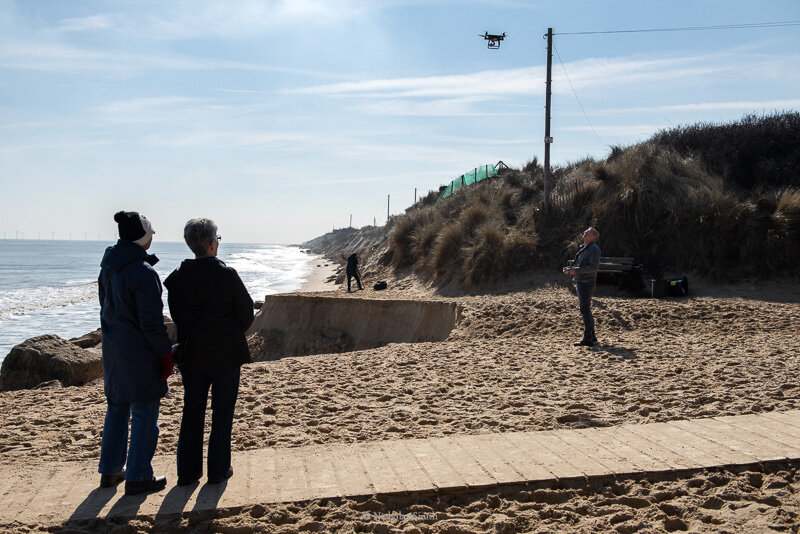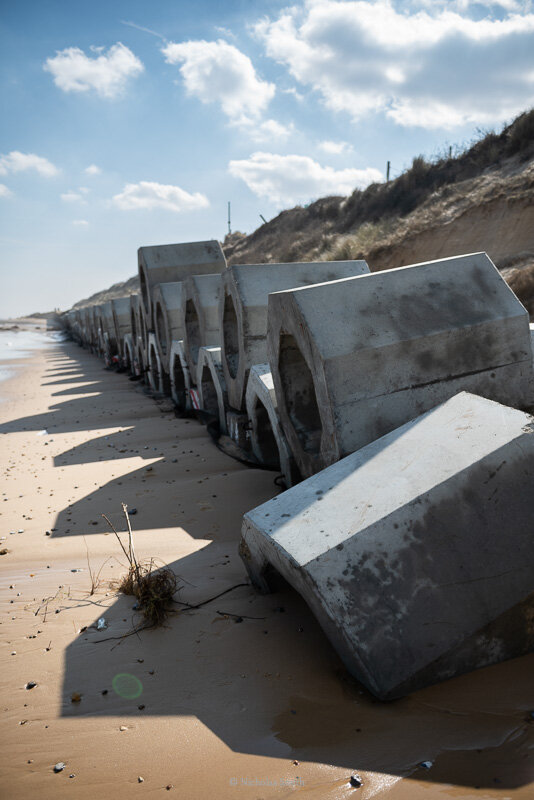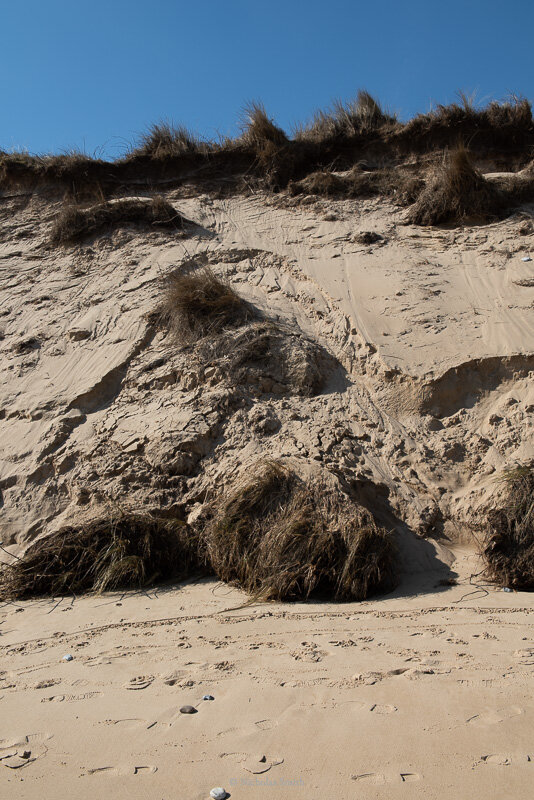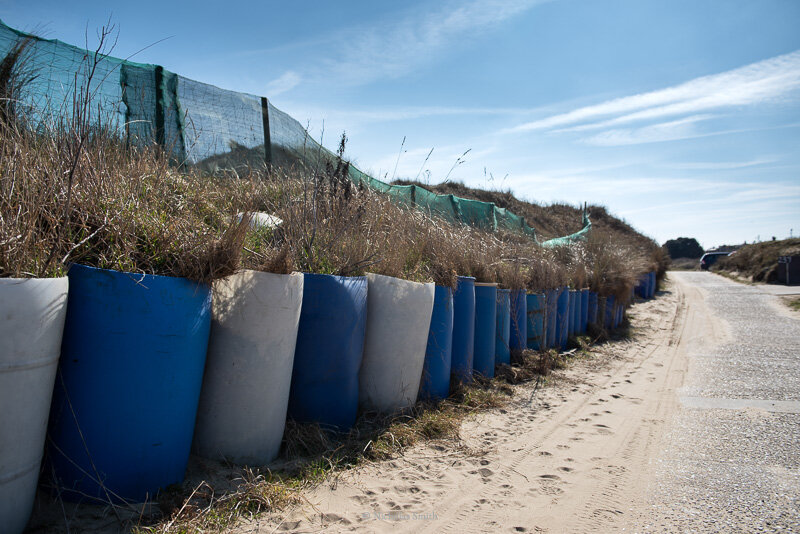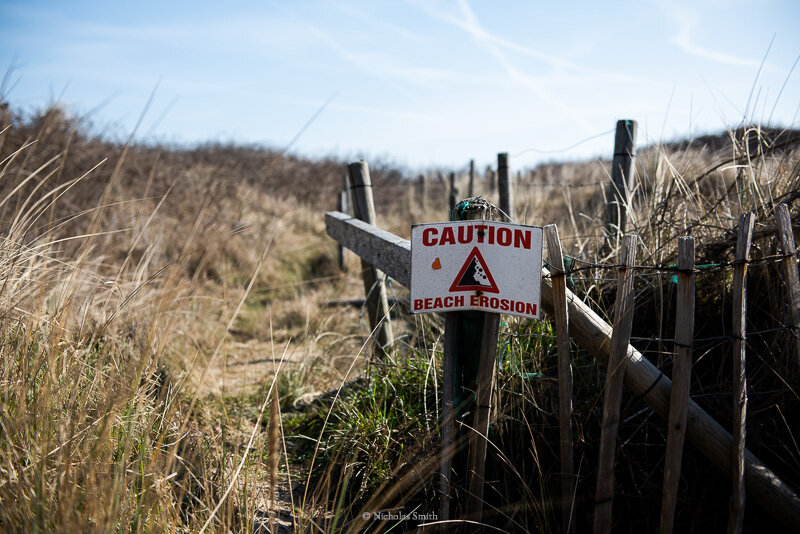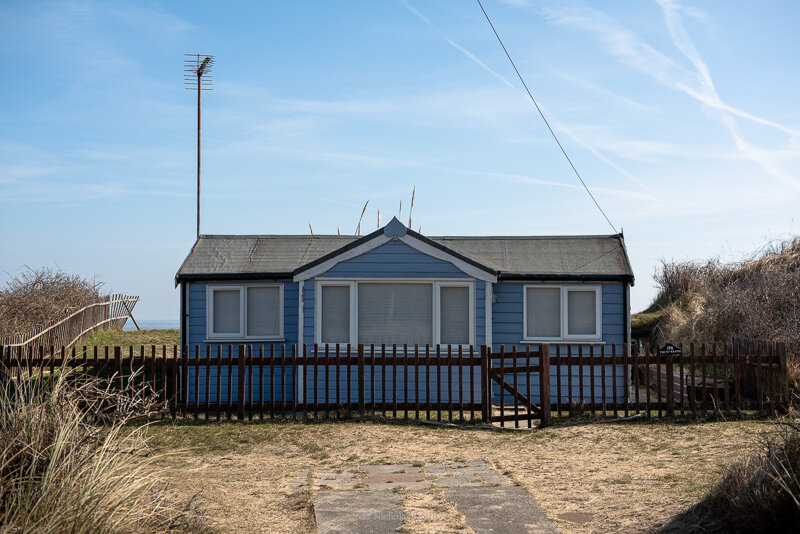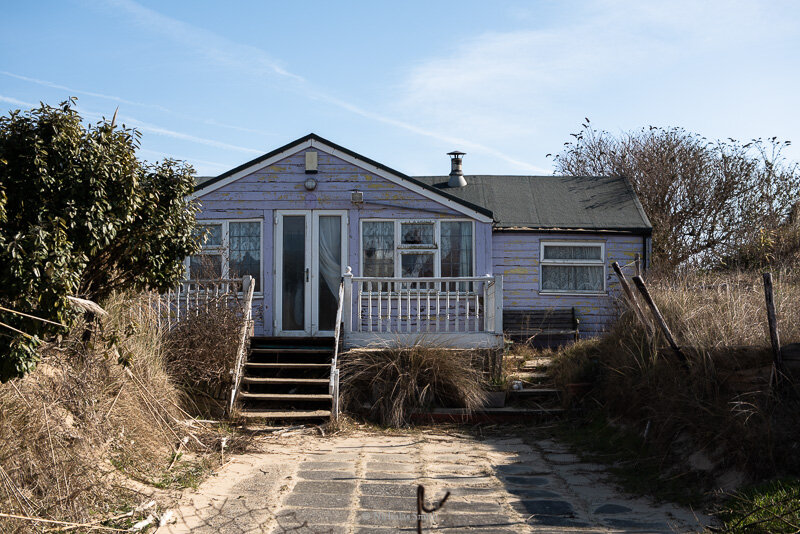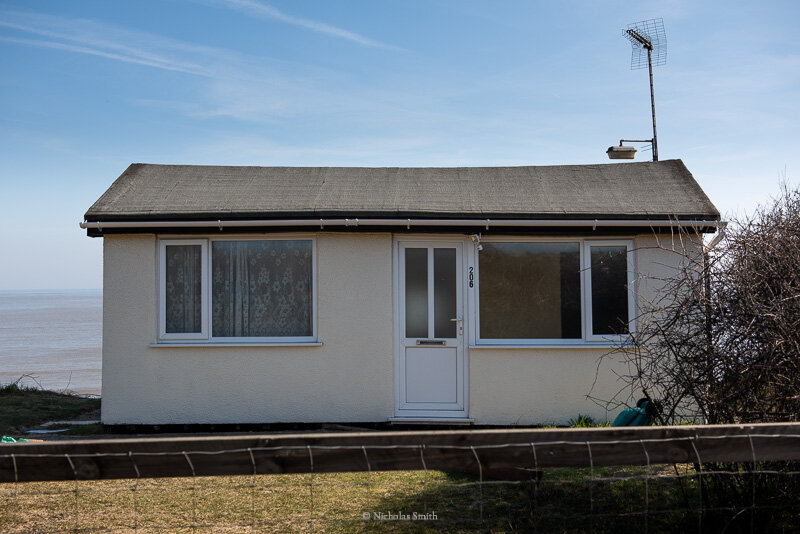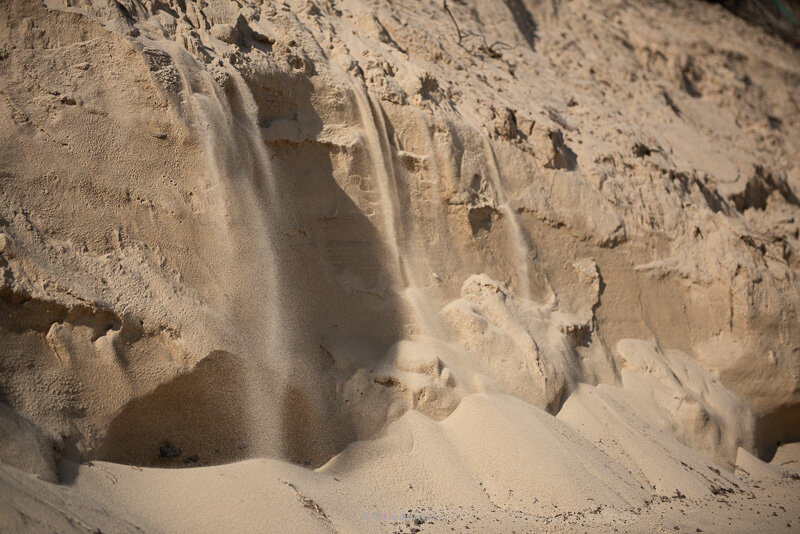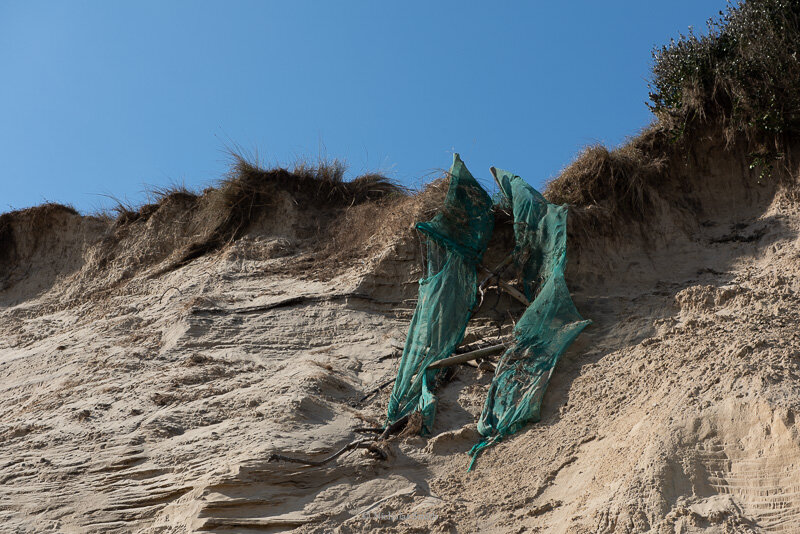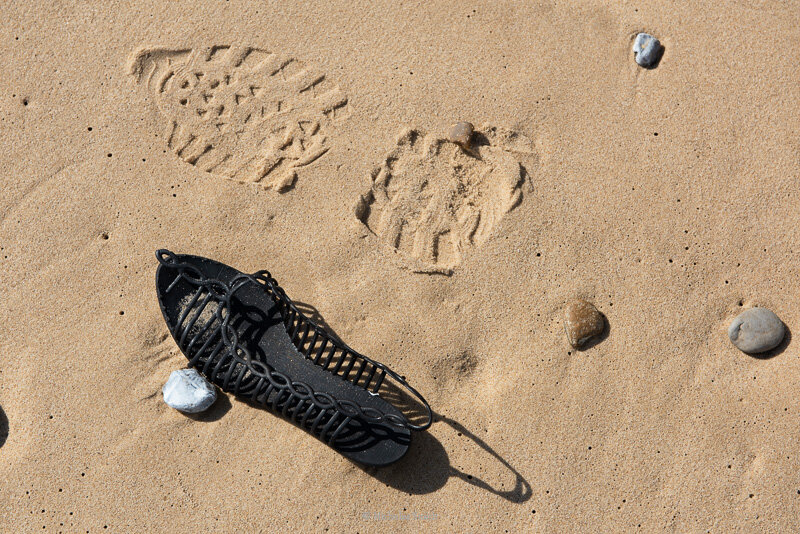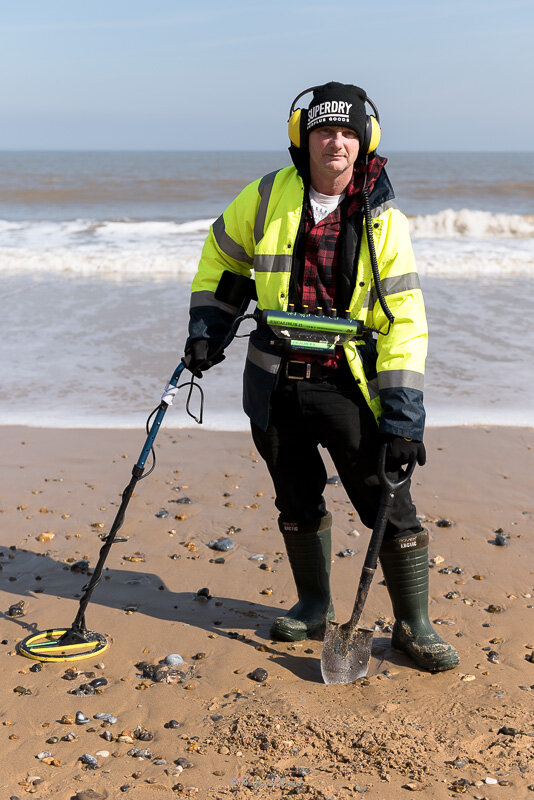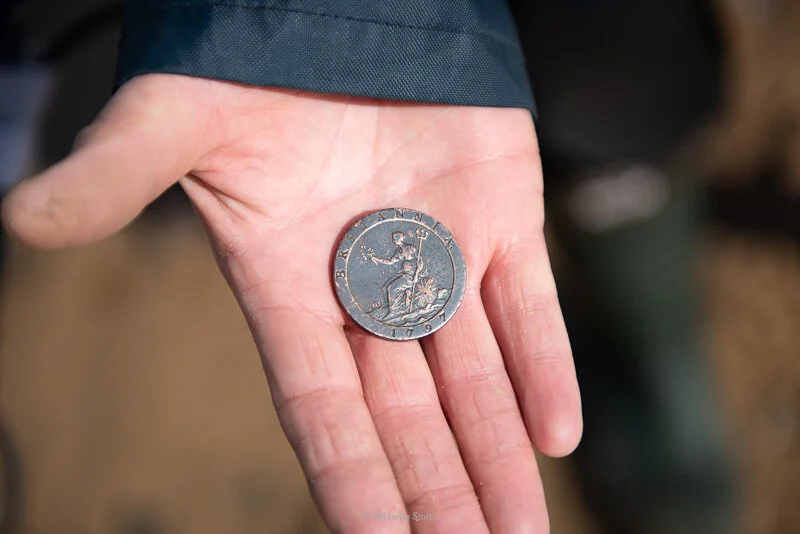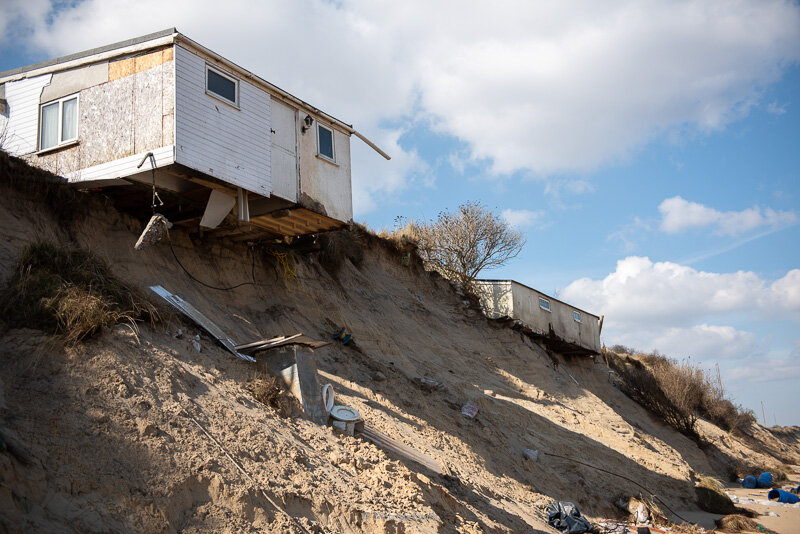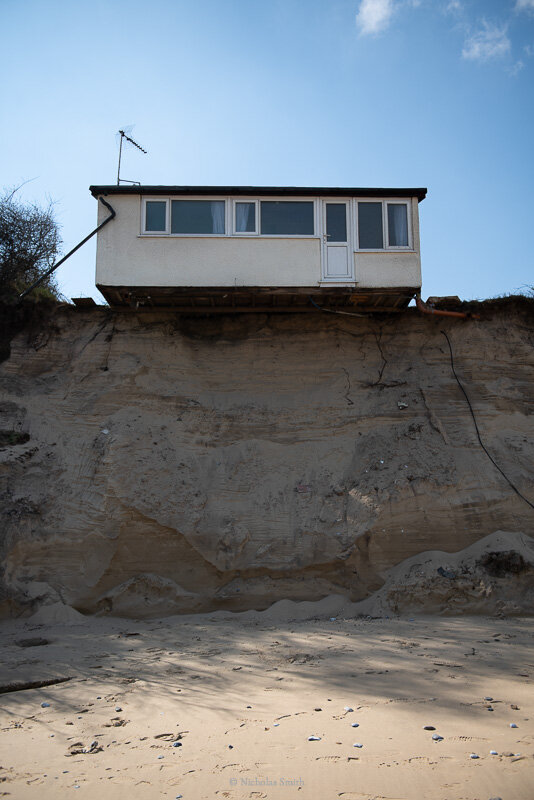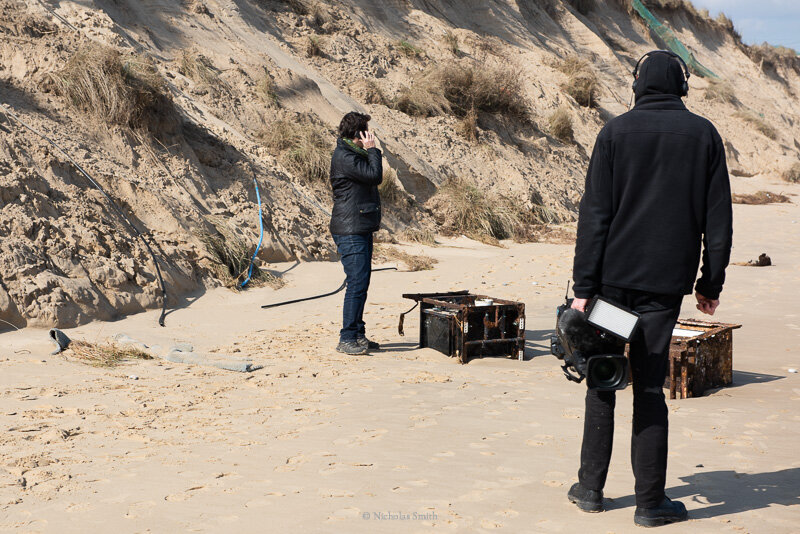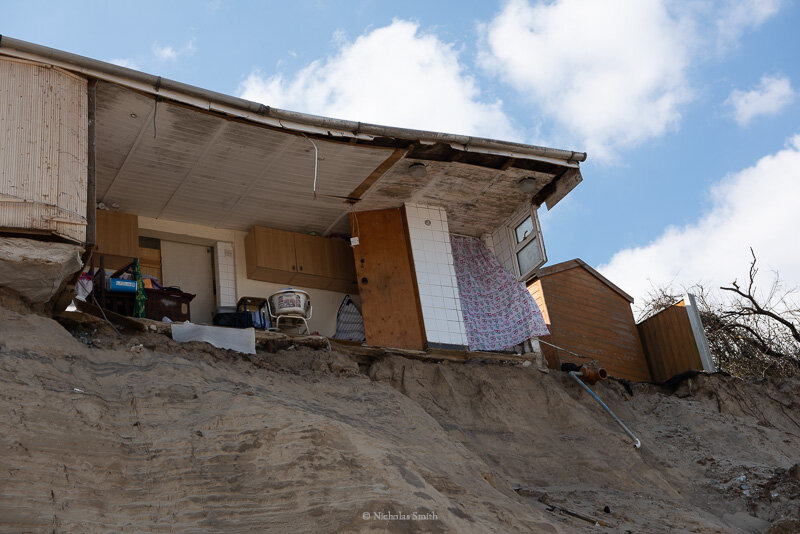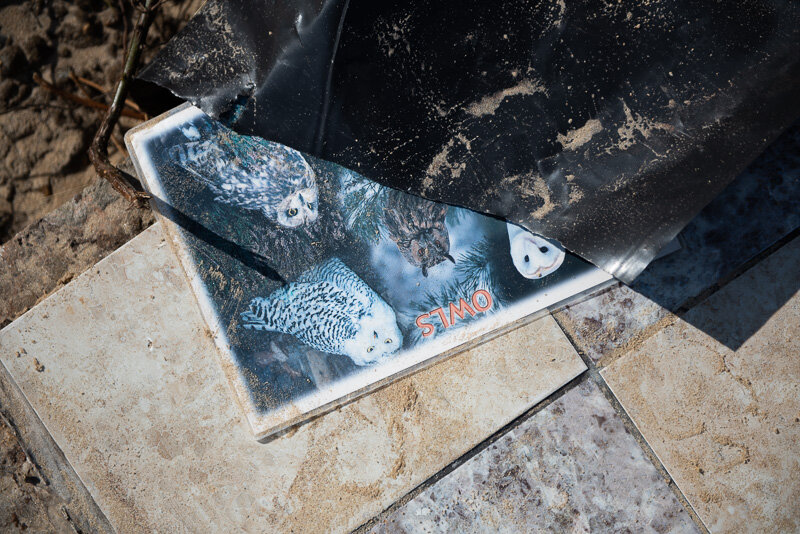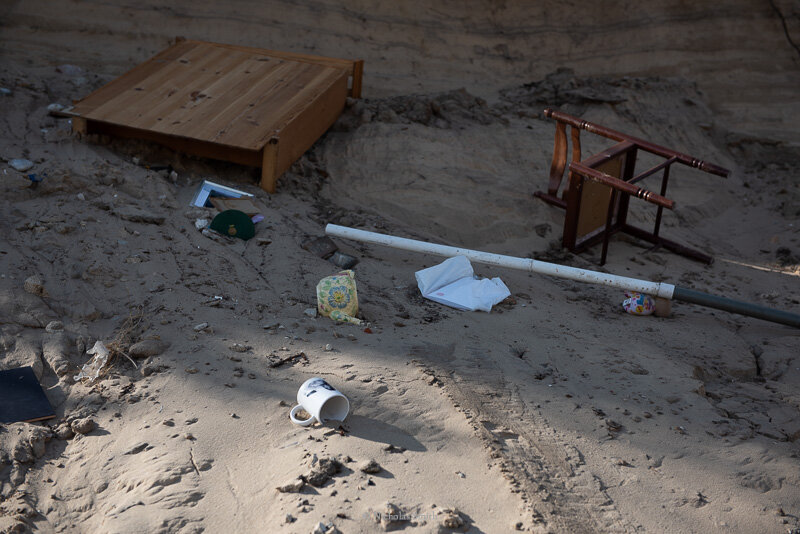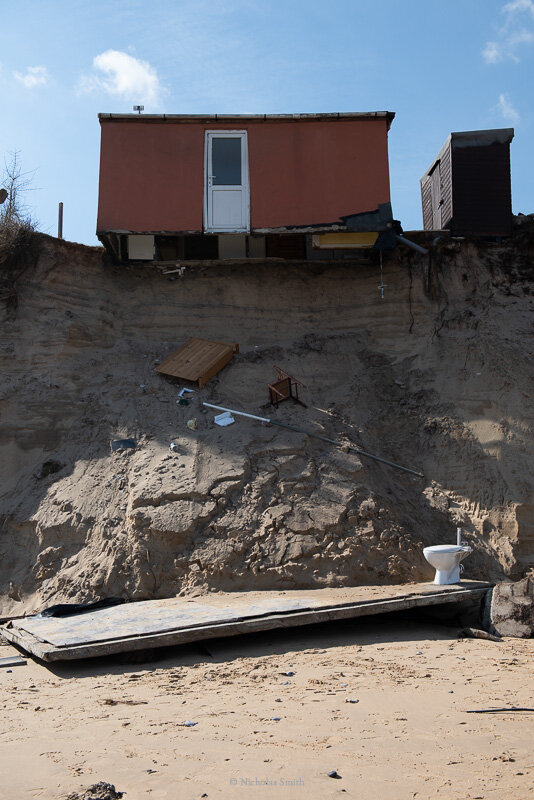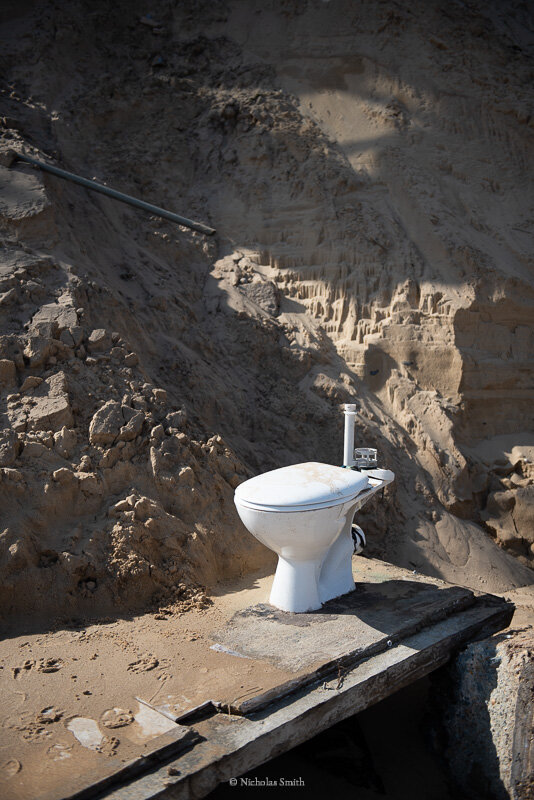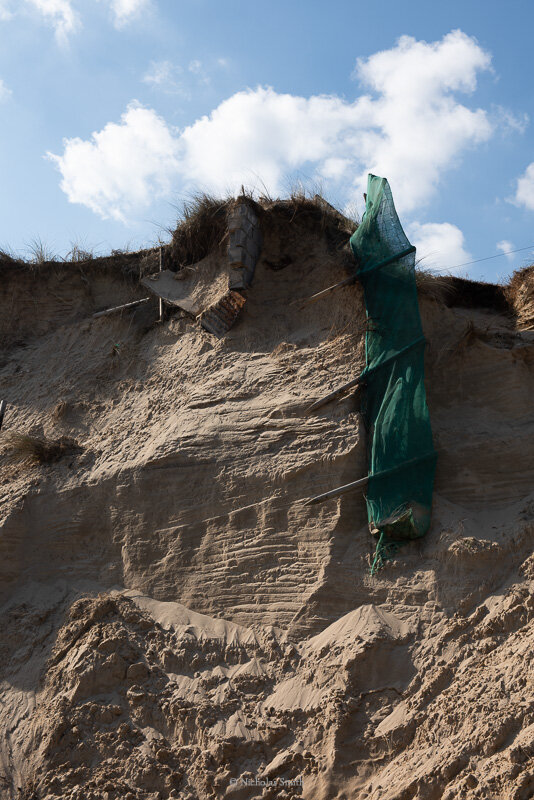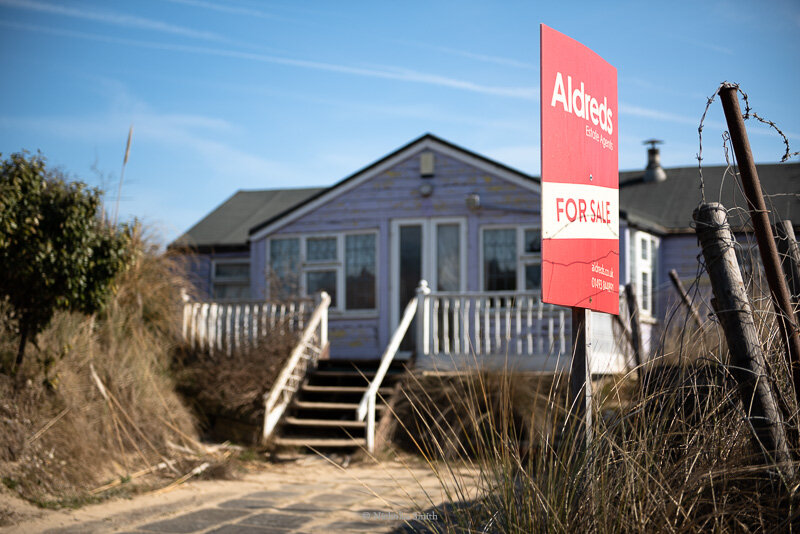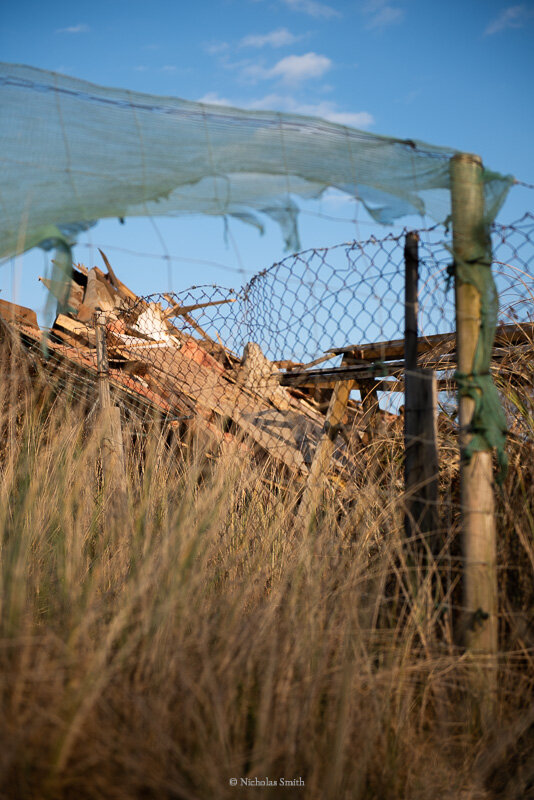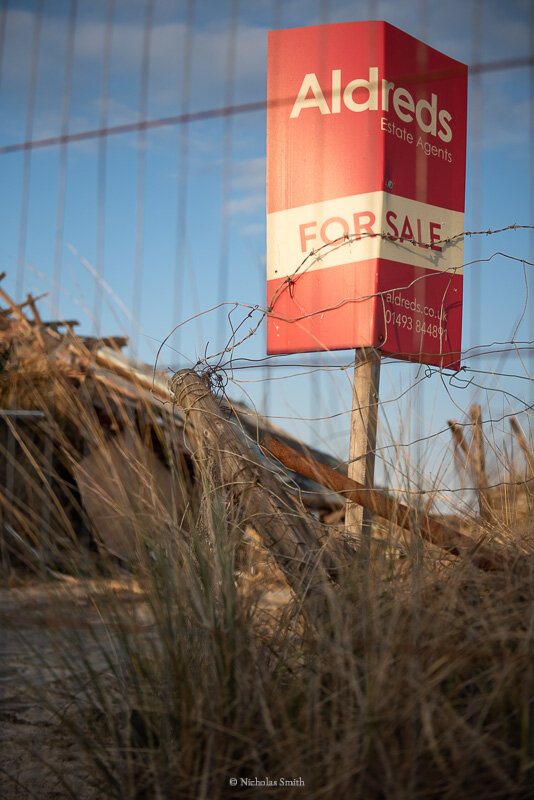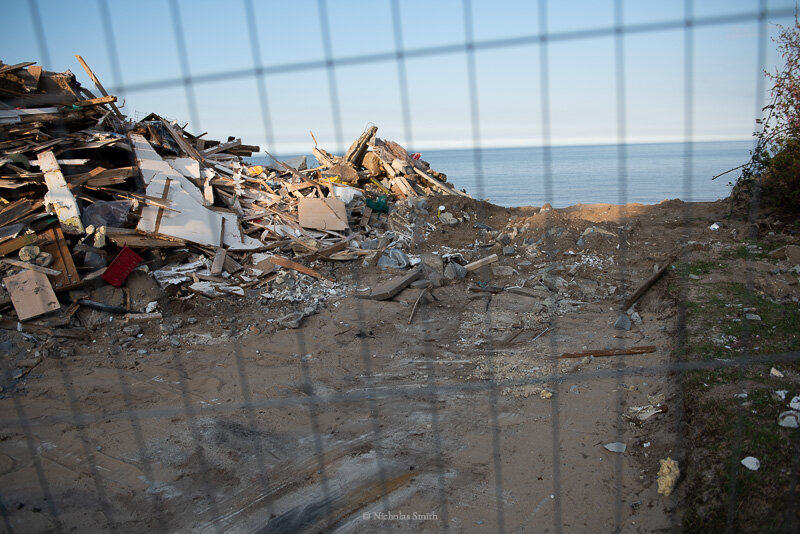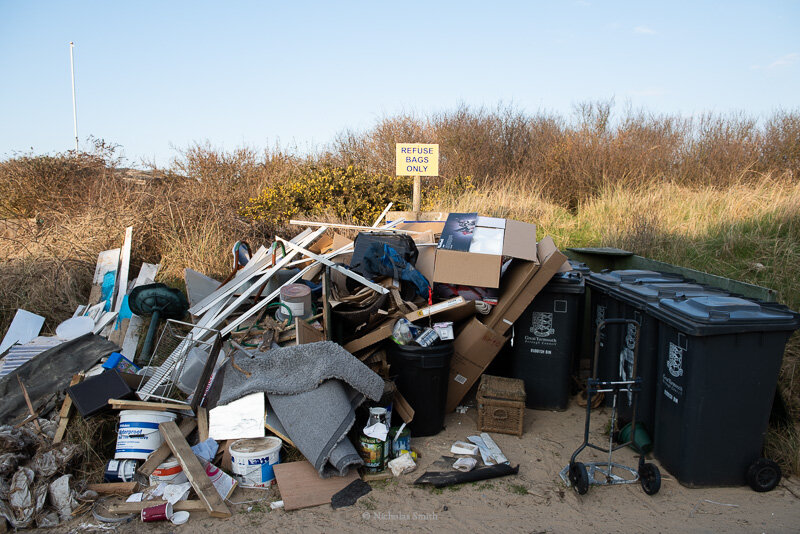Erosion: Hemsby
In March on 2018 the UK was hit by a massive snow storm, which also brought high winds and freezing temperatures, causing nationwide disruption. The storm, termed by the media as ‘The Beast from the East’ travelling from Serbia, with East Anglia being one of the first region in the UK to be hit. Like many parts of the UK, they weren’t prepared for the severity or the amount of snow. Roads blocked, accidents, cars getting stuck or even abandoned. Farmers across Norfolk and Suffolk even helped with clearing roads to allow those few to access to their homes. Though it wasn’t just the snow which caused problems for the county. The hurricane-force winds also brought high tides and fierce waves to coastal villages.
Assuming that the storm had passed, it wasn’t until the following weekend that a second hit which caused even more issues. One location in particular that saw the power of mother nature and the devastation it can do, was Hemsby, Norfolk.
Hemsby, situated on the Norfolk coast is about 7.5 miles north of Great Yarmouth, which borders the small villages of Winterton-on-Sea and Scratby. Hemsby is a small sea-side resort with about 3000 residents and also a popular destination for holiday makers.
Though it wasn’t until the recent storm did this small sea-side resort grab the attention of the media. During this time, media outlets were on location reporting the aftermath. A small road situated on the seafront also houses clifftop holiday and residential homes, and it was these which brought concern after the surge.
A similar situation occurred in December of 2013, where seven homes where destroyed. Since then the village has been campaigning to improve sea defences in hope of stemming the erosion.
Due to the severity of the erosion, a total of 14 houses were torn down in fear of the properties falling onto the beach or into the sea. Many of those homes had already partially collapsed, with floors exposed from underneath and belongings strewn across the sand. I had heard from locals and also on the radio that a police presence was about as the incident from 2013 had brought looters, which they didn’t want happening again.
It was estimated that about six metres of sand had been lost from the clifftop, which could increase as the dunes start to dry out and slowly settle under its own weight.
Upon arriving at Hemsby I walked towards the main access to the beach. Which is situated next to the lifeboat station and The Marrams road. As I approached I could see police tape blowing in the breeze which I assume had been pulled across the width of the entrance to the beach. Though now replaced with a jumble of rope and metal posts sticking out of the ground gardening less authority than what it had done before.
It was about 10am in the morning and people had already gathered past the barrier. Even without climbing over myself I could instantly tell what damage had been caused. The most notable sight was a wooden sign post, slightly poking above the sand which had collapsed and fallen into the ocean.
Though as I got closer to the edge, it was then that I realised how much damage had occurred. Once a gentle incline to the beach from the lifeboat station was now a 6 foot drop. Concrete underlay broken and all manner of debris had gathered at the base.
When I’d arrived the tide was in and I was unable to get access, so I decided to walk along The Marrams in hope of trying to talk to any of the owners of the properties. As I walked down the road and past the first few houses, if I hadn’t had known of the storms I would have assumed that all was normal. Even walking past many of the homes affected, all seemed normal. It wasn’t until you looked past the house could you see the sudden drop at the rear of the property.
A few of the houses had metal barriers out front, which I assume had been to prevent people from getting close due to it being too unsafe to enter, even by the owners. One of the houses even had a ‘for sale’ sign posted on the outside. Maybe they were hopefully the erosion had finally seized.
As you walked further along it was becoming more evident of the damage caused. Signs had been posted warning people not to go to the edge. However even on that day I noticed a couple’s curiosity winning over as they peered down over he edge.
A lady began shouting to the couple, telling them to get back from the edge. Her words were ignored. I decided to speak her, who’s house was set back enough that it hadn’t been affected by the storms. Even though she had come out unscathed, she still seemed extremely concerned of the future.
I spoke to someone else who knew one of the property owners. He’d mentioned that they were reluctant to get out of the house and didn’t want to leave, regardless of the situation.
Another house unaffected was in the process of clearing out. I assume they had come to the realisation of the inevitable and decided it was time to relocate to a new property. Sooner rather than later as they seemed rushed about getting their possessions out of their house and into a removal van.
Once the tide had receded I was able to walk along the beach in hope of getting a better picture of the aftermath. It was immediately evident the kind of damage that had been caused. Even walking along the beach towards the houses the sand was littered with debris.
Now that the tide was going out I wasn’t the only person wanting to inspect the damage. News crews, locals, holiday makers and even a few others with metal detectors had made their way onto the beach.
There must have been about 5 properties which were hanging over the edge. A couple had even lost their floor in the process, and one in particular, their entire bathroom. I imagine at the time these properties may not have been occupied though were still owned as possessions were clearly visible. This may have been due to the properties being too unsafe to enter or the owners not having arrived to the area to empty their property.
Throughout the first few days of the storm hitting, the local news stations were updating daily on the situation. Reporting on location and interviewing owners of the properties. When I arrived they were still present and were also trying to talk to the general public.
I’m not sure if it was because of their obvious presence or daily persistence, however because I was carrying a camera. I felt that people were more cautious to want to speak to me or even wouldn’t even acknowledge me.
I imagine this had nothing to do with he media and was just down to the fact that people had gone through something tragic which could have ultimately been prevented.
Update
As of May 2018, a further 10 properties have been demolished.

